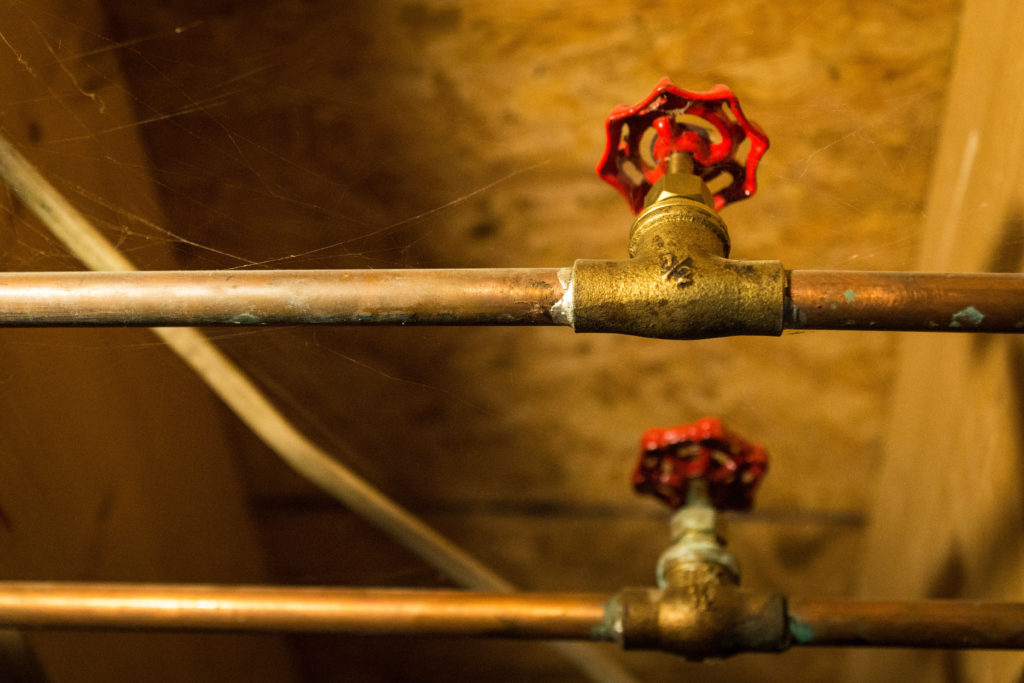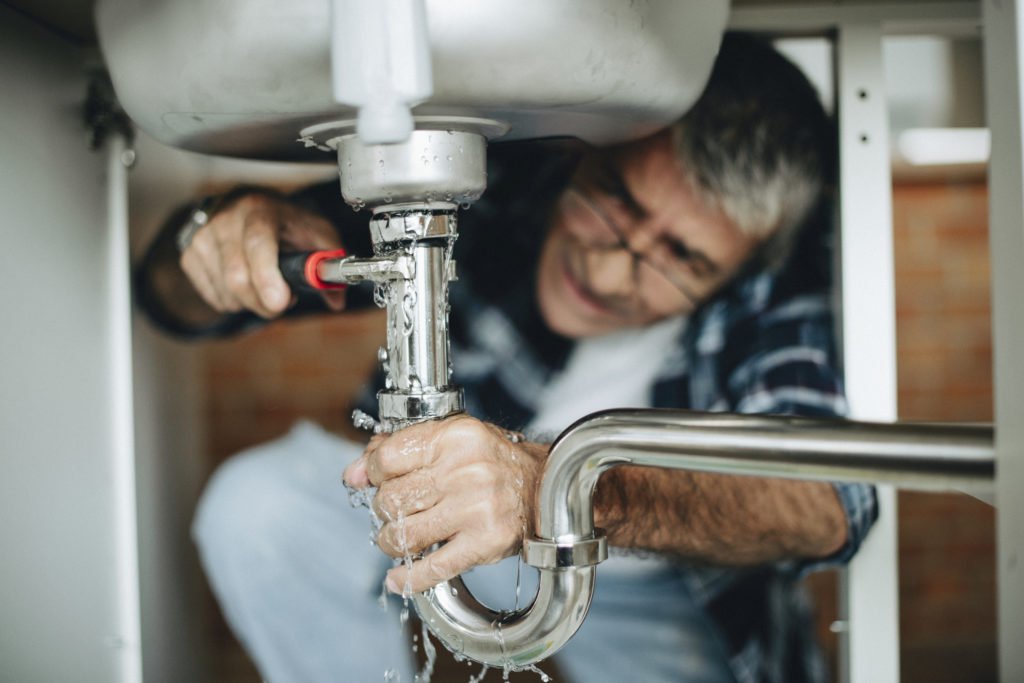Older homes often have a special character and charm in their architecture and design that’s unique and attractive to look at. However, this exterior beauty can conceal many problems including aging plumbing systems. No matter how good the plumbing is, it won’t last forever like everything else on this planet.
Pipes and tubing are at susceptible to rusting, wear and tear, and decaying with age or if not maintained regularly. And if your plumbing deteriorates, expect water and possibly sewage to flood your home.
Before that happens, you need to assess if the plumbing needs fixing or replacing. But to do that, you’ll need to cut out walls and flooring, which will cost you thousands of dollars. You don’t want to spend money repairing the system that needs renovation and vice-versa.
Here’s a list of common plumbing issues in old homes to help you assess and gauge whether you should repair or renovate:
- Galvanized And Lead Pipes
If your house was built in the 1950s-1960s, you’ll know the plumbing is also that old. Therefore, the possibility of having galvanized pipes there is high. Previous owners may have replaced the pipes with new modern ones, but you need to confirm if it was a renovation or if they only focused on the corroded or clogged ones.
Find where your pipes enter the house and scratch the line to determine if the plumbing is galvanized. Galvanized steel has a scratched area that’s silver-gray and has threads. The pipes are also covered in a layer of zinc for protection. Another piping material used in early plumbing is lead. However, lead is a hazardous substance and will contaminate your water, becoming a health hazard. .
Galvanized and lead plumbing need complete removal and replacement., You should seek the help of a professional local plumber f for this kind of plumbing renovation project. The lead service lines can’t be entirely replaced, though. In this case, the plumber will have to renovate the entire plumbing system of your home.
- Poorly Done Repairs
If you’re moving into an older house, watch out for previous repairs on the plumbing system and assess the quality of work done. An older home is expected to have had multiple repairs due to its problems over time. Avoid assuming that the previous owners were careful with fixing the plumbing.
Some people may have done Do-It-Yourself (DIY) repairs to save cash, but this route doesn’t always guarantee long-term peak performance. Check the water heaters, sink traps, and showerheads as soon as you move in. Look for any unsecured pipes and leaky faucets and fix them the soonest you can.
These parts are likely to have been repaired more than once, especially in an older home. Depending on the severity of the damages, you can quickly fix these with professional help. But you can also renovate the plumbing if your assessment reveals normal repairs are no longer an option.

- Aging Sewer Lines
Most homeowners tend to focus on the plumbing within their house, completely forgetting about the sewer line. The sewer line in an older home may not be fully capable of handling the heavy use from modern appliances such as dishwashers and garbage disposals.
Since it’s hidden from sight, most homeowners only notice it when it fails, causing sewage to back up into the home or sip into the ground. Therefore, before purchasing an older home, inspect its sewer line first. You’ll know if it’s failing when you notice these signs:
- Slow drains inside the house
- Foul smell indoors
- Random soft spots or puddles form in your yard without recent rain
Not solving these issues earlier can result in further problems in your home, which can be costly. Call up the local sewer service to inspect and assess the situation of your pipelines so they can repair or renovate these when needed. The plumbers may apply a trenchless sewer replacement method to ensure no other damages come to your home or yard when renovating the lines.
- Pipe Bellies
Slow-moving water also slows down your daily tasks like bathing and washing dishes. A pipe belly probably causes this common issue. Pipe bellies happen when the sewer lines under the house shift downwards over time. These negative slopes restrict water flow, which causes sediment waste to collect into small pools. If not rectified immediately, the pipe bellies will start to leak.
Here are the usual signs of a pipe belly:
- Running water meters with no flowing water
- Low water pressure
- Rising water bills
- Discoloration or bubbling on walls, ceilings, or wallpaper
When you spot these signs, it’s time to call the plumbers. Most of the time, they’ll just repair the issue. But if the pipes have multiple leaks, the whole plumbing system needs renovation.
- Clogged Drains
The older the plumbing in a house gets, the higher the chances of drainpipes clogging. More often than not, the clog is caused by pretty minor issues, like the accumulation of hair or dirt. A simple plunger can fix a clogged drain or toilet effectively. You can also prevent future clogging by making your own drain cleaner to get rid of gunk buildup.
However, there may be times when a quick DIY fix won’t solve it. A plumber can help you out, especially if the clogs appear in the same drains no matter what you do to repair them. Sometimes, the cleaner you’re using might be full of harsh chemicals that can damage the pipes if you use it often. , Your plumber can assess the main cause of the clogging and recommend either repairs or renovations on your plumbing system to ensure that the clogs won’t happen again.
To Repair Or To Renovate?
Your decision all comes down to how severe the damage is or the age of your home plumbing system. Note that either option can cost a lot, with full-on renovation being more expensive. You can always consult a reputable plumber for assistance with major issues. Explain the problem to them as best and as early as you can so you can avoid more significant plumbing mishaps from happening in the future.
